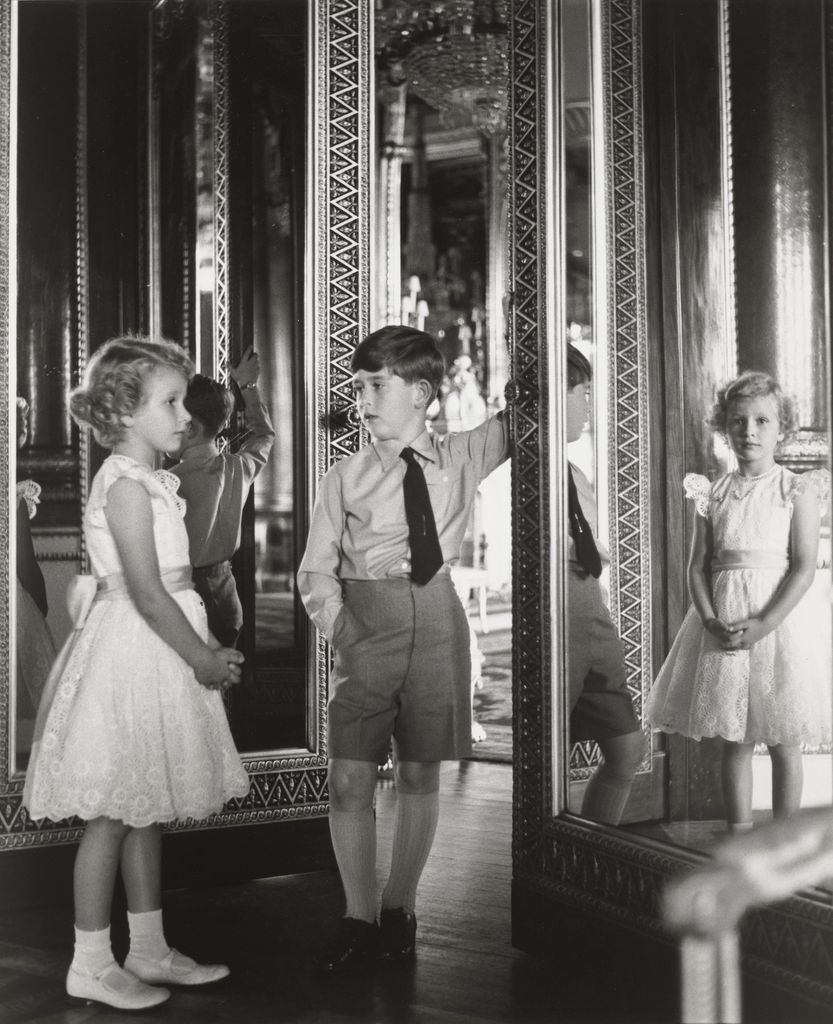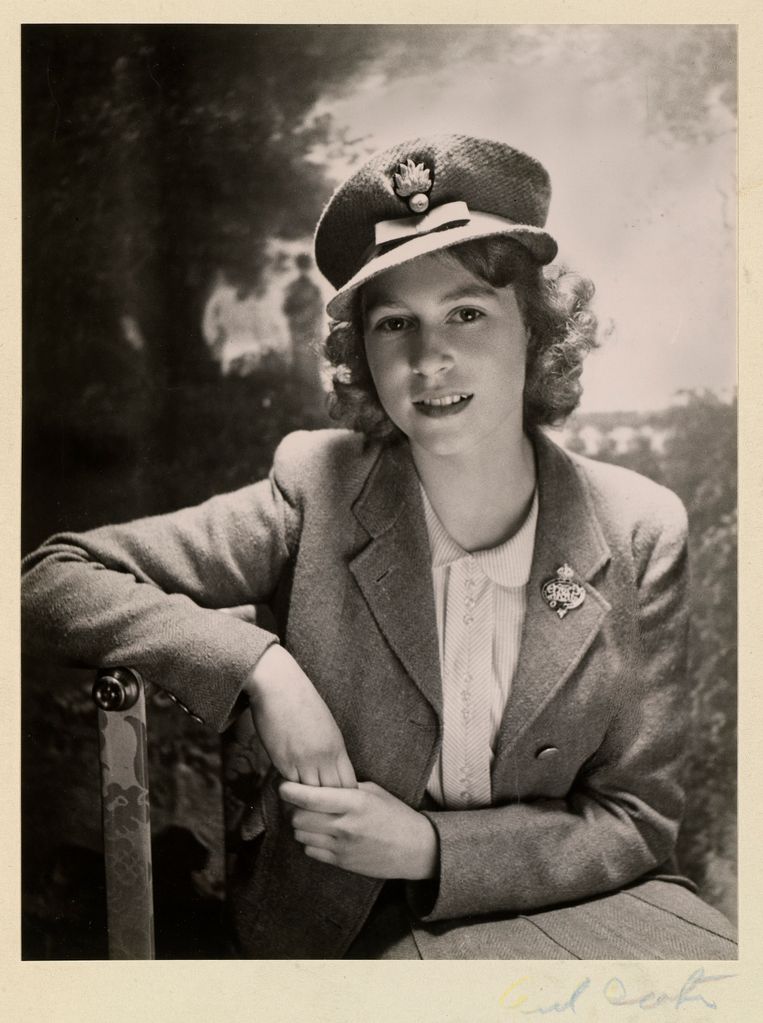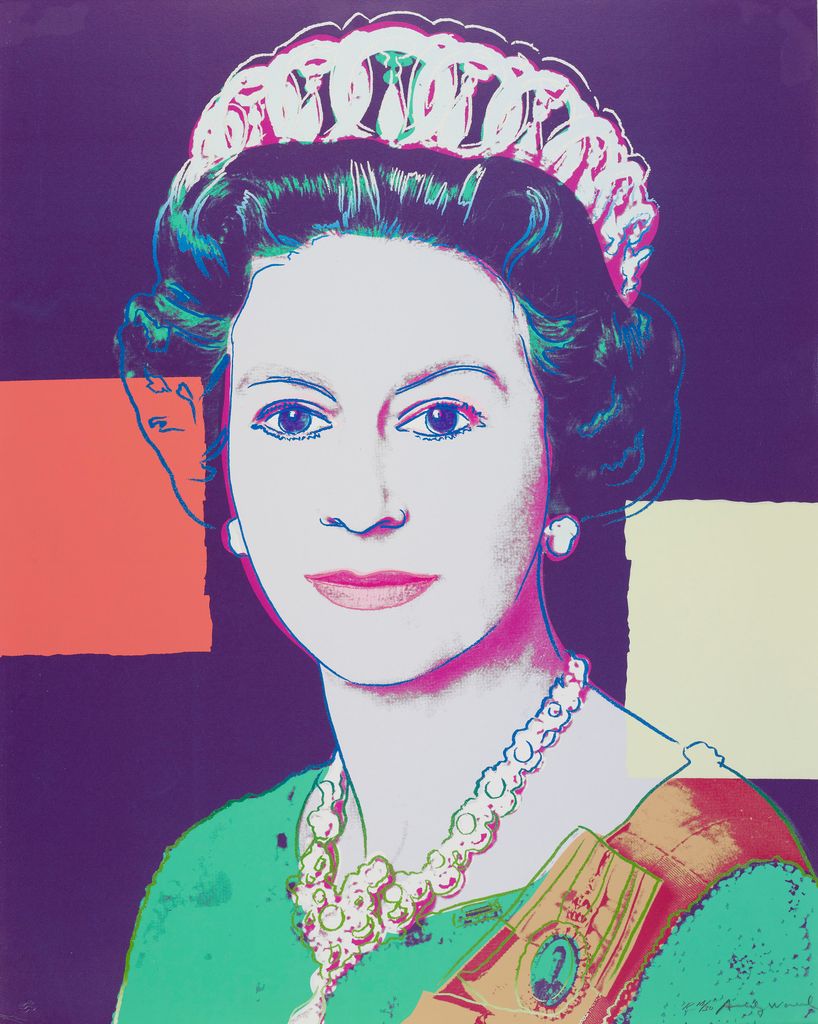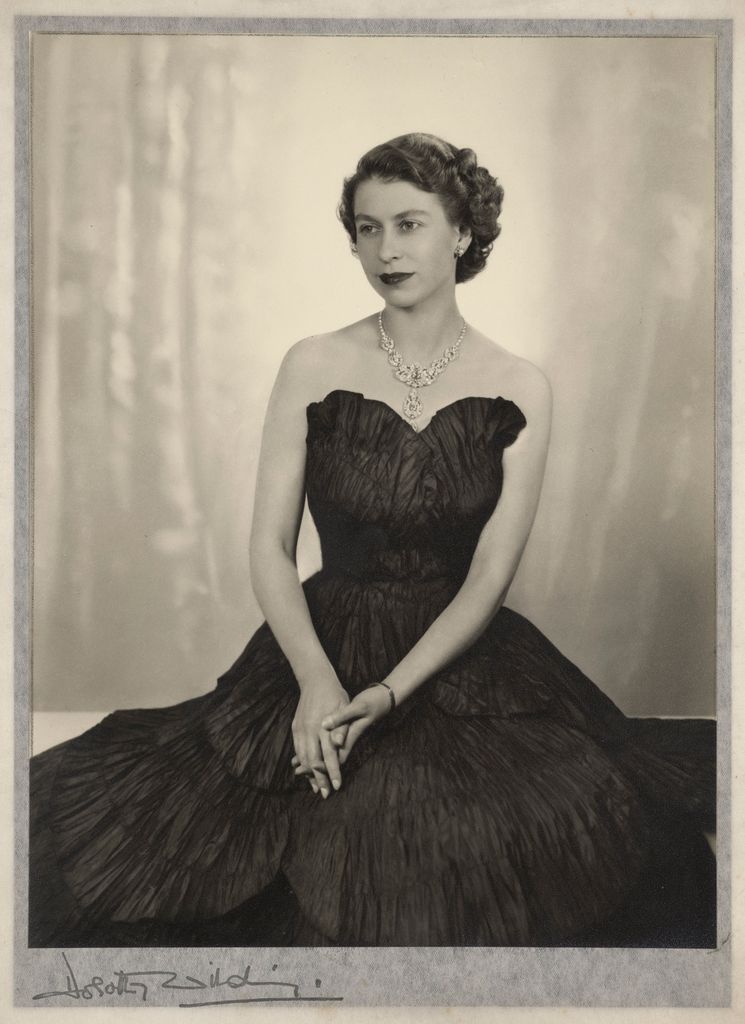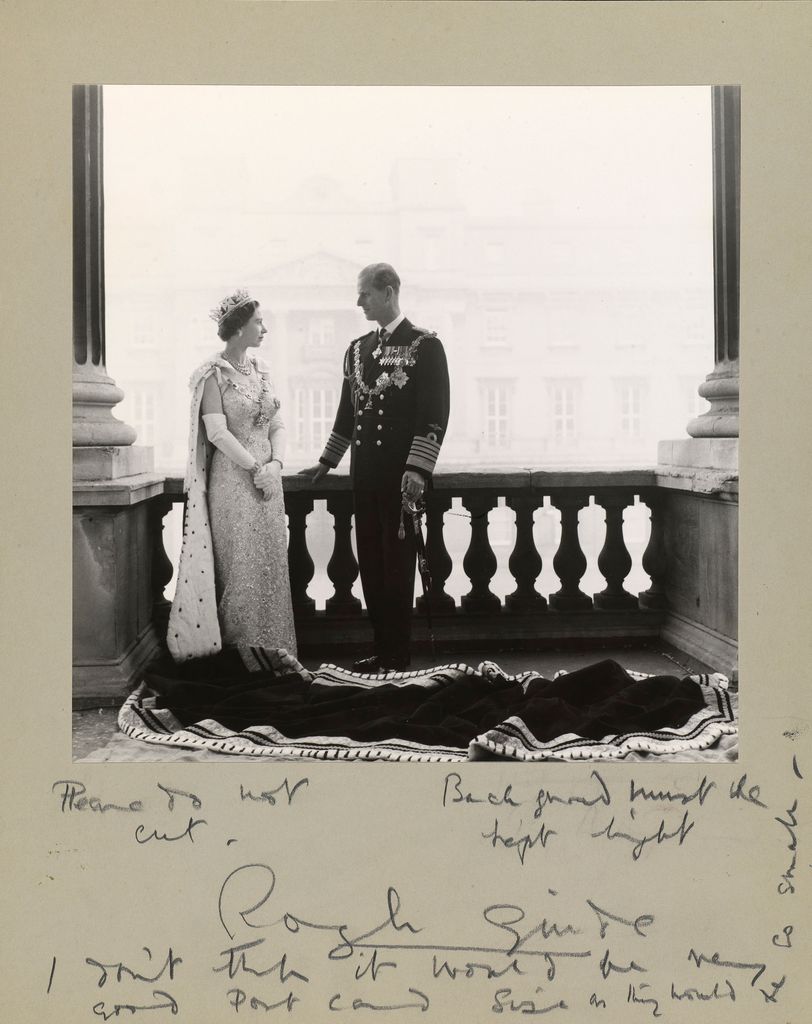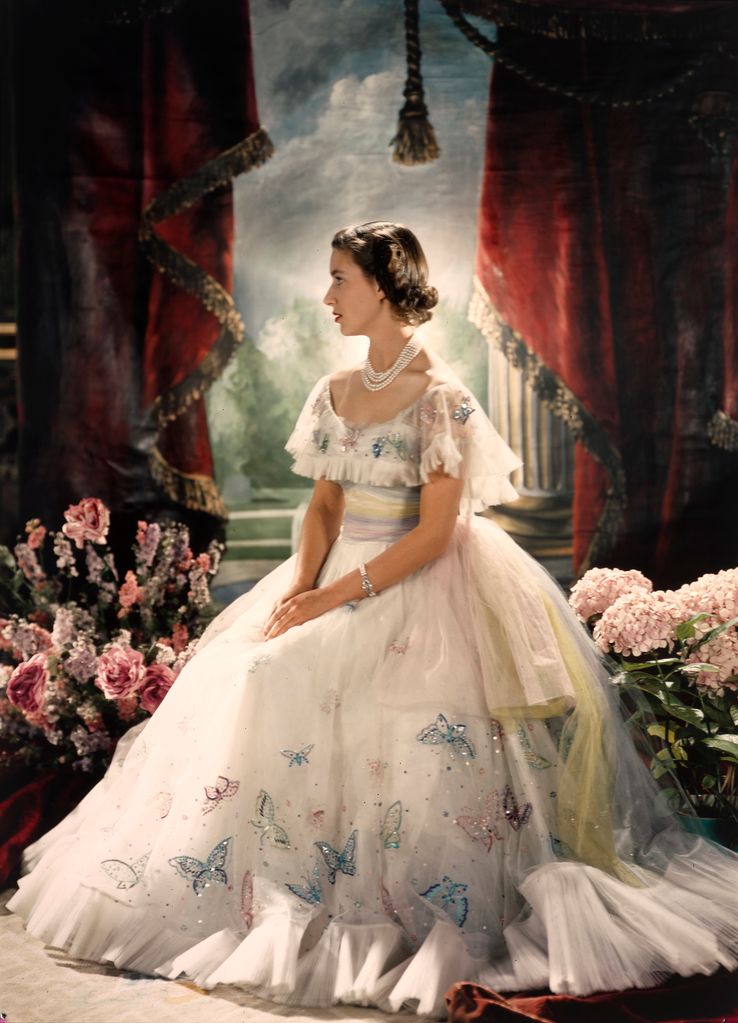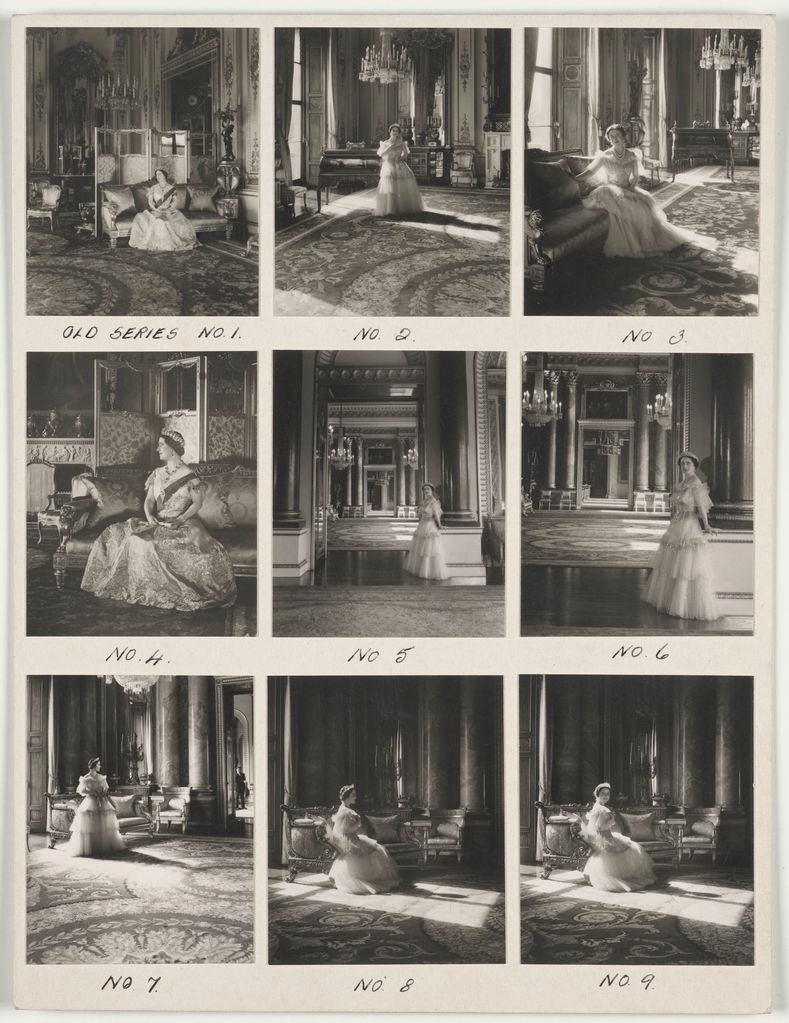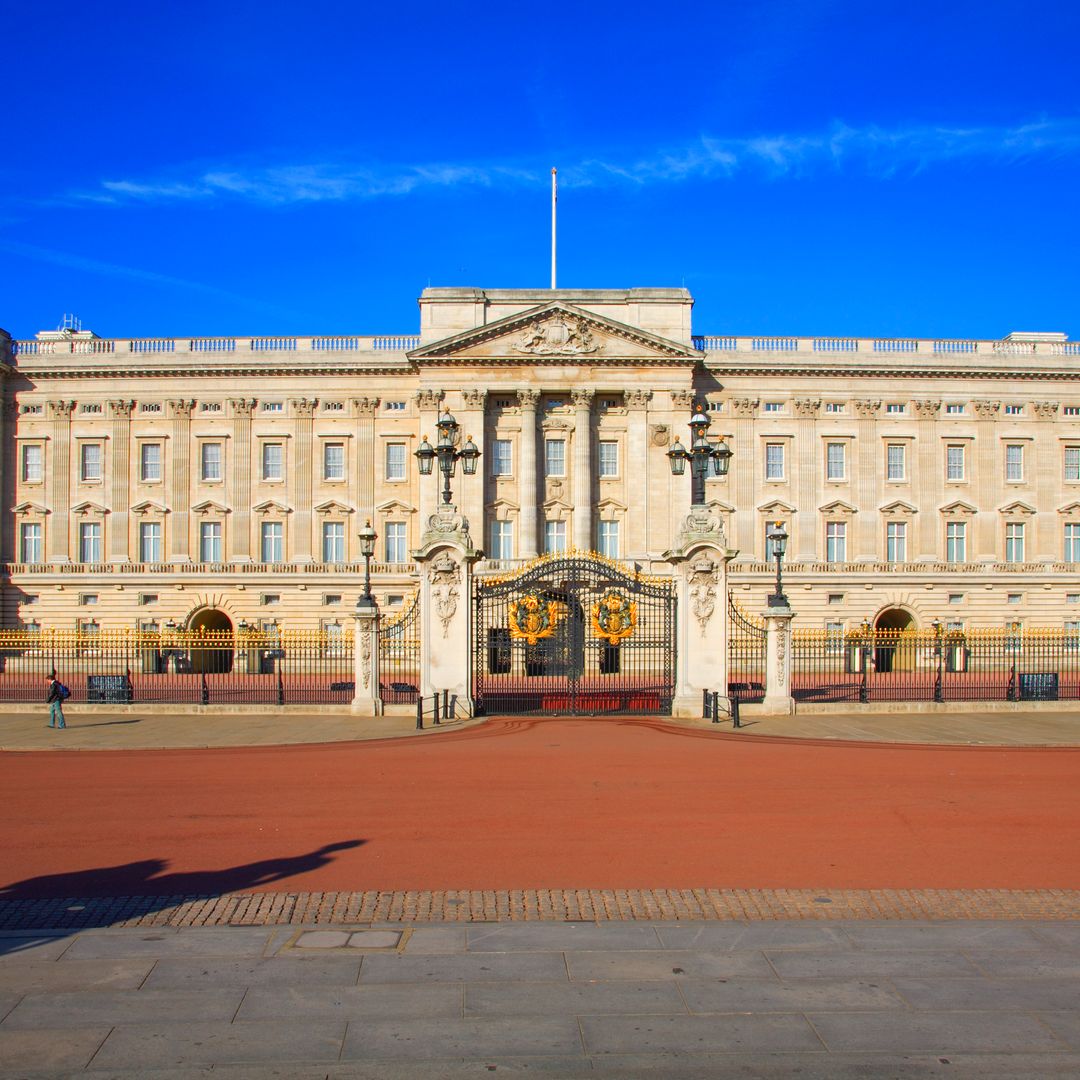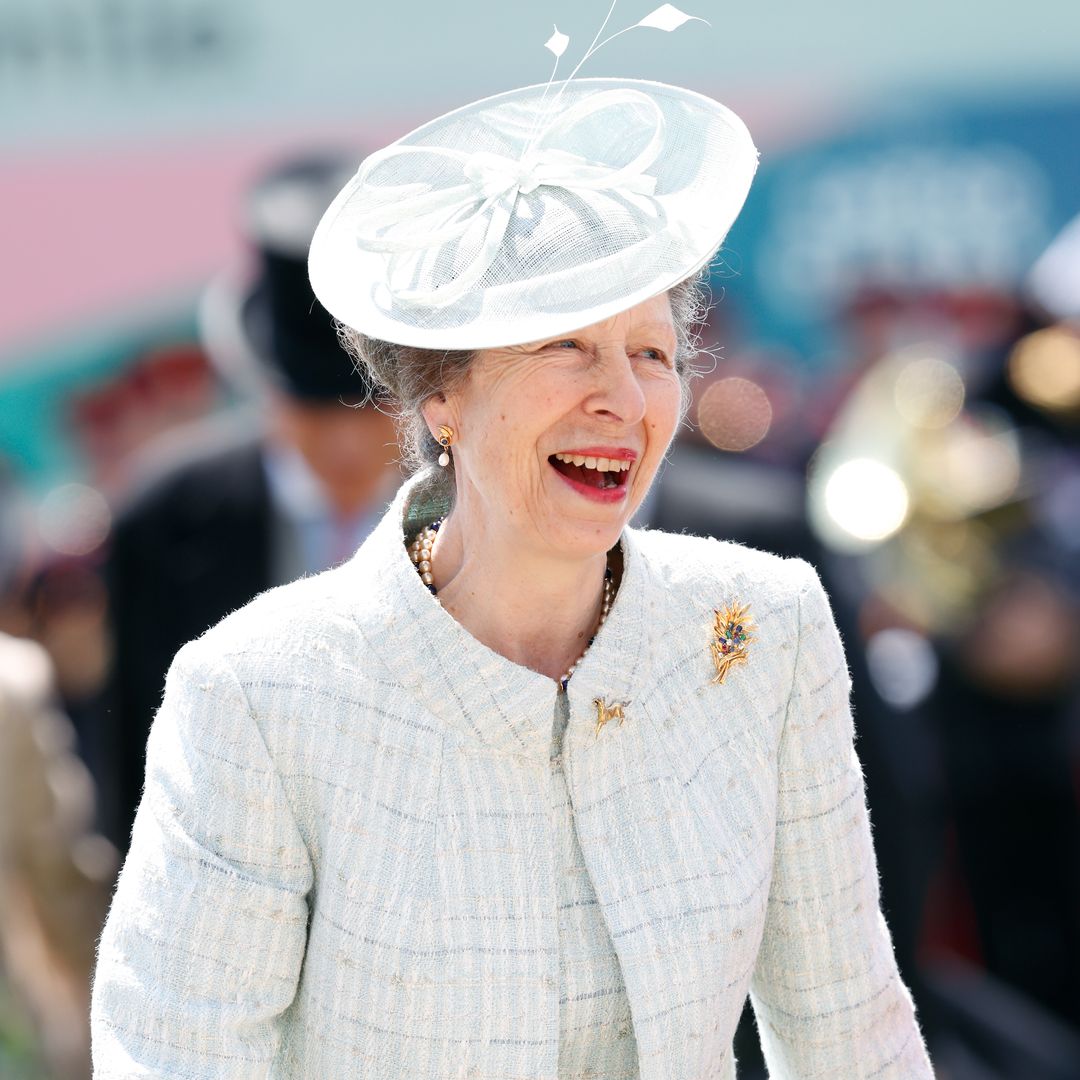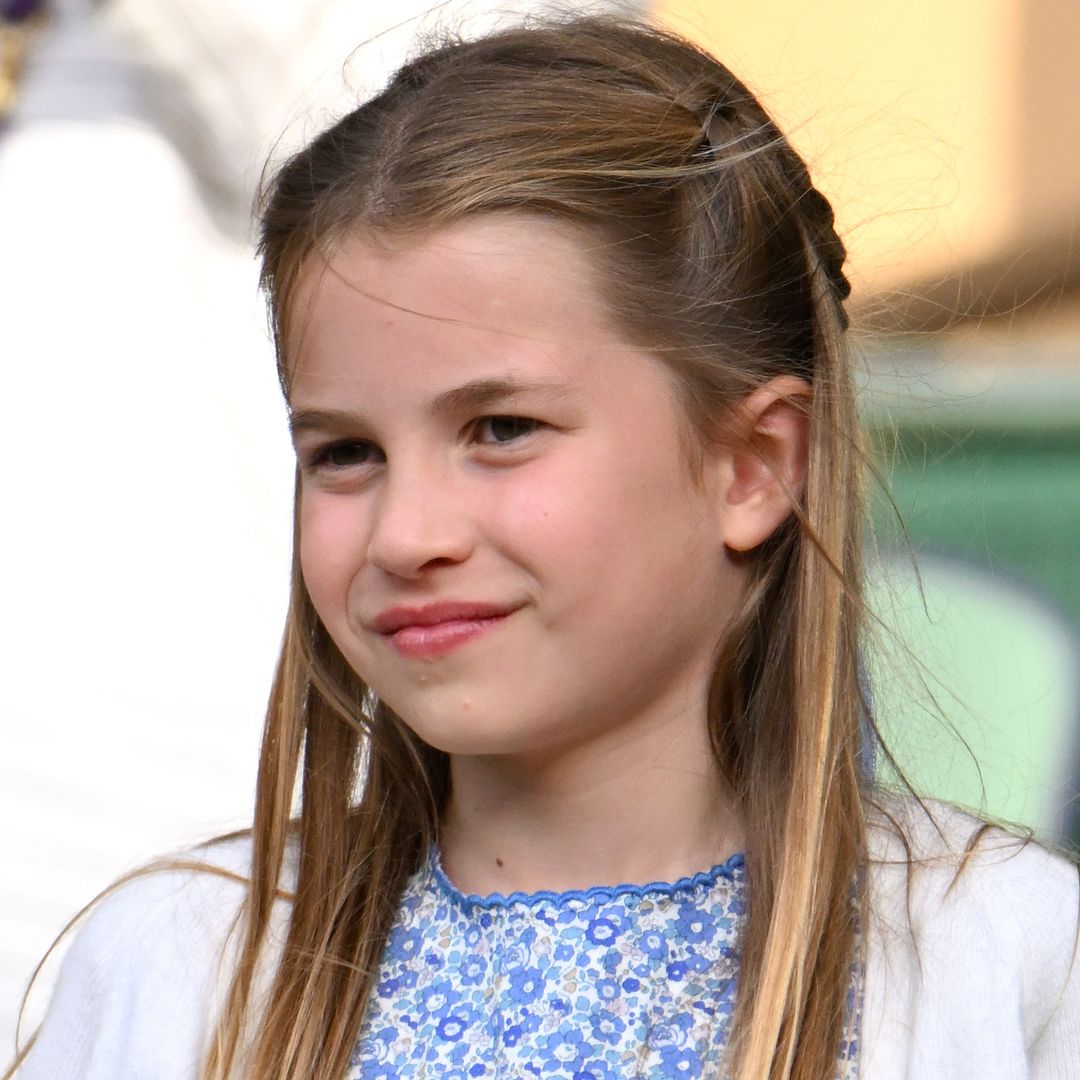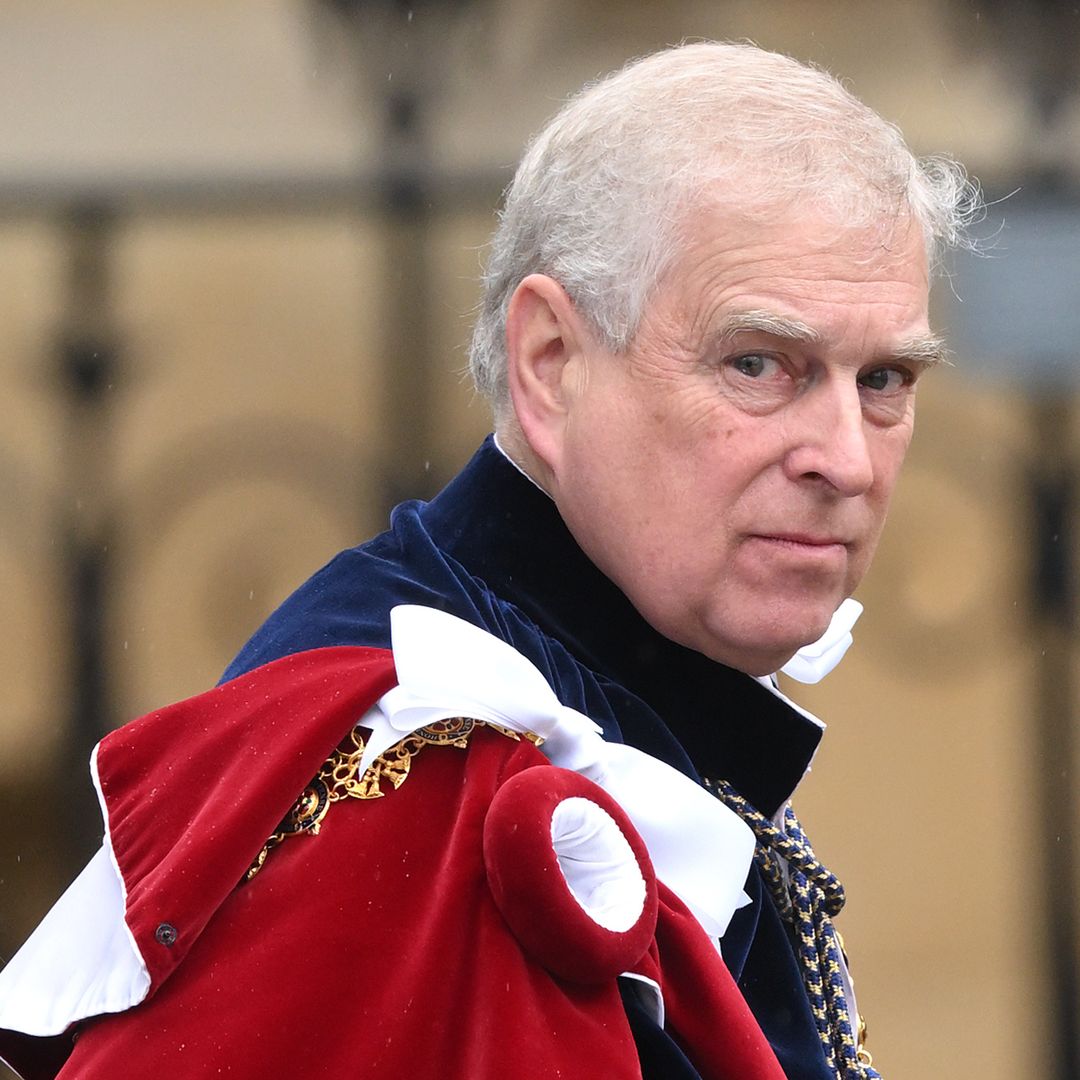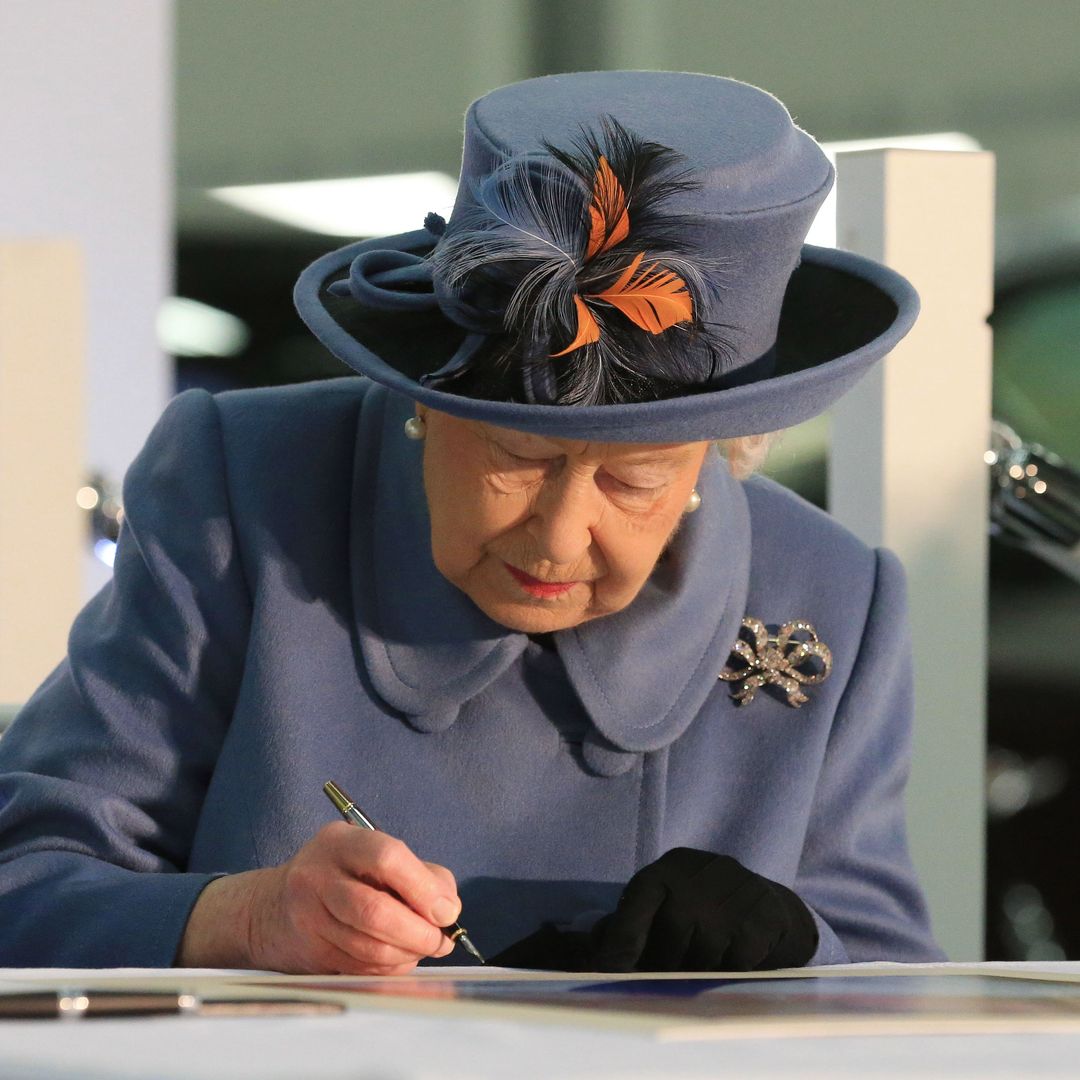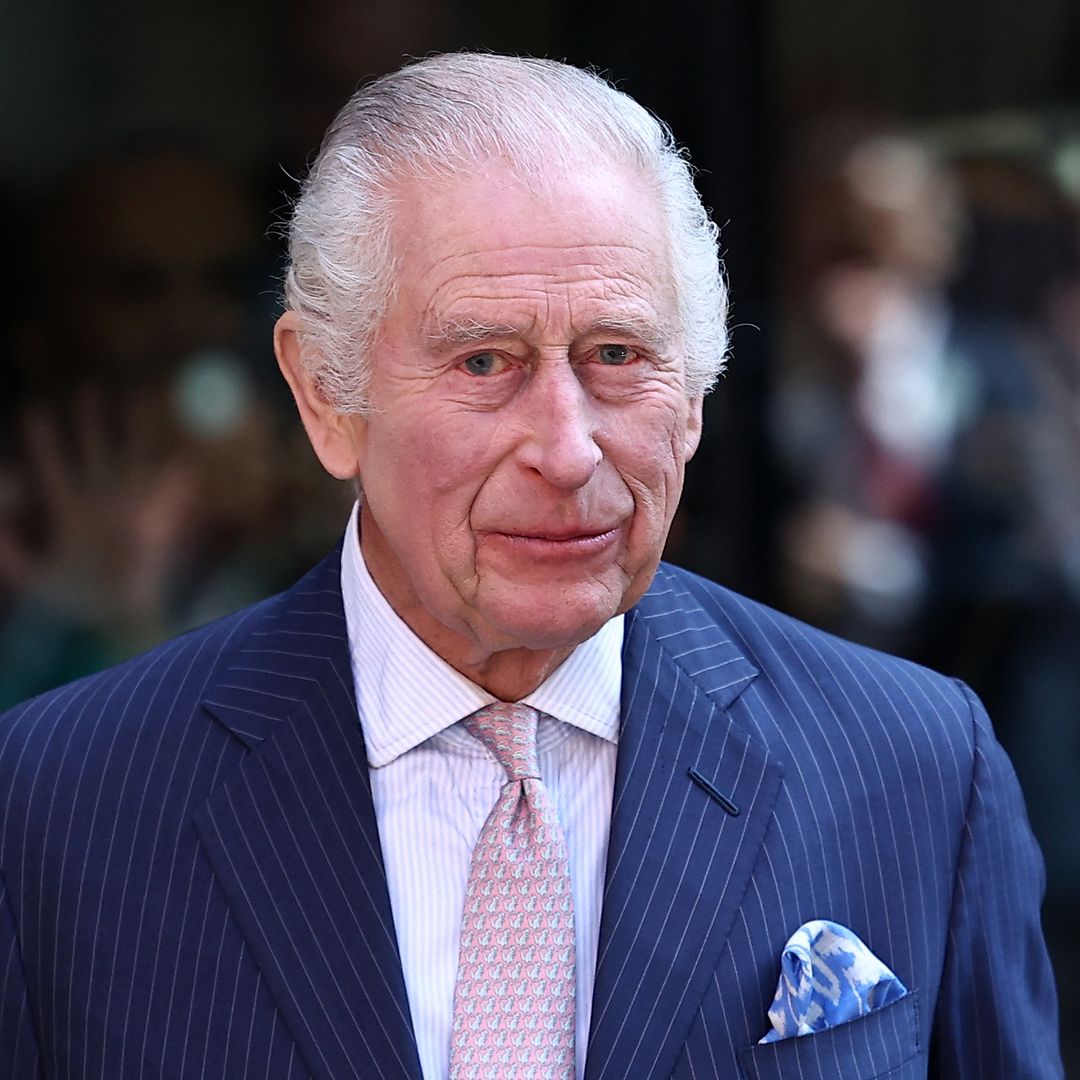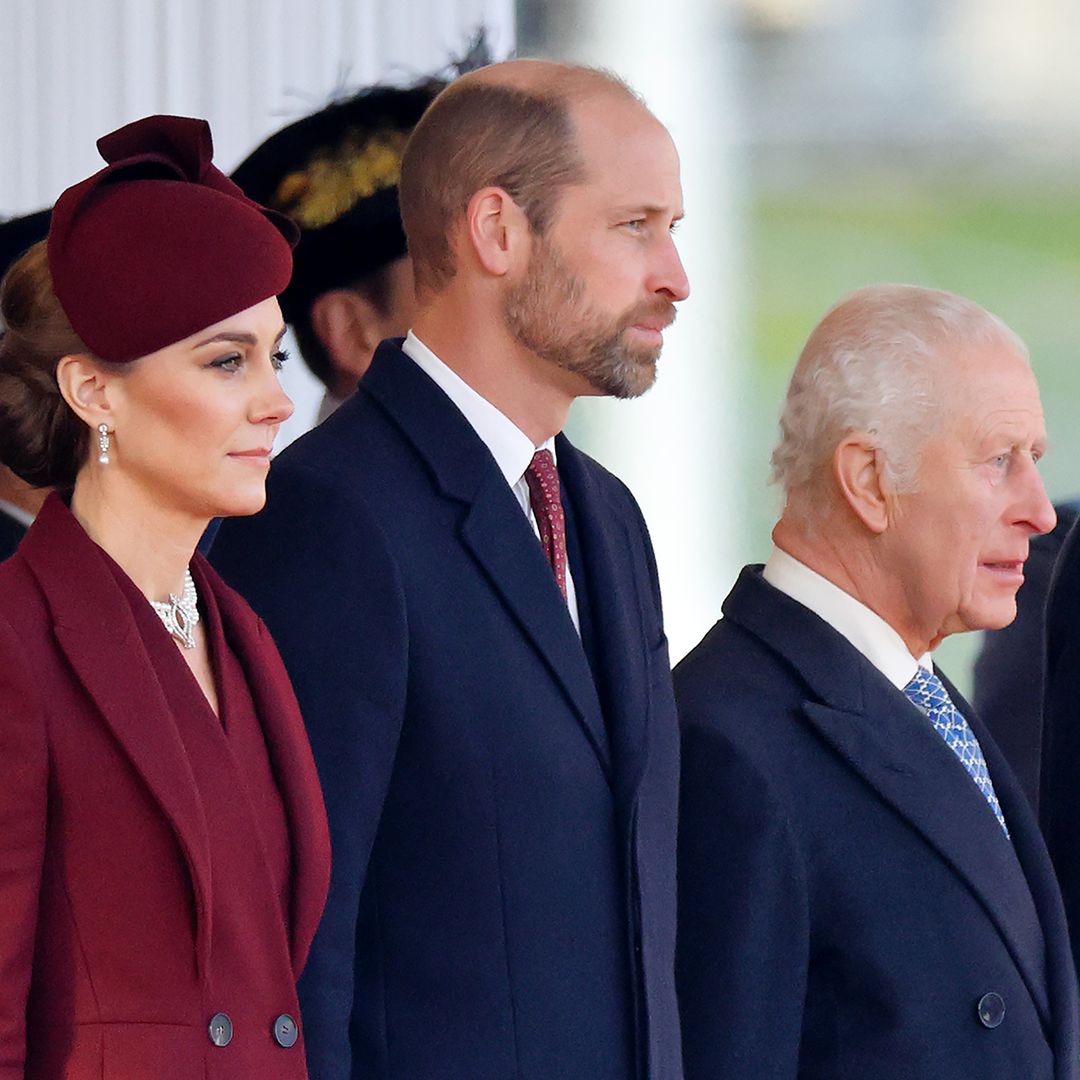Leaning with one arm up against against the wall as he gazes across at his little sister, an eight-year-old Prince Charles looks every inch the doting older brother in a never-before-seen royal portrait.
The striking image, taken in 1956 by photographer Antony Armstrong- Armstrong-Jones, who later married Princess Margaret to become the Earl of Snowdon, is one of more than 150 items going on display in the King's Gallery at Buckingham Palace in a new exhibition opening in May.
Royal Portraits: A Century of Photographs will give the public a rare behind-the-scenes glimpse of the most iconic portraits taken of the royal family.
It will also feature several previously unseen images, including the tender moment captured between the now King and Princess Royal, which was taken in Buckingham Palace’s Picture Gallery as part of a commission to mark Charles’s eighth birthday. “I think it would have been a fun sitting for the children,” exhibition curator Alessandro Nasini tells HELLO! in our exclusive interview.
“It is always exciting to share this kind of material with visitors. I love how the young photographer, then only 26, plays with the children and their reflections in the mirrored doors."
Celebrating a century of royal portraiture, the exhibition will reveal the stories behind beautiful images marking state occasions and family moments alike, captured by renowned photographers such as Cecil Beaton and Dorothy Wilding, as well as the future Lord Snowdon.
Power of photography
It has been three years in the making, with the curator trawling the rich royal archives for images. “I was quite spoilt for choice in the sense that the Royal Collection holds such a wealth of portrait portrait photography,” says Alessandro. “I think the royal family over the past century have understood the importance of photography and how its immediacy could speak to everyone, anywhere they may be in the world.
“Nothing is there by chance – the choice of background, pose, items of dress, camera angle and so on are all part of the creative process, which is often a collaboration between sitter and photographer.”
As well as black-and-white images, there’s a splash of US pop artist Andy Warhol’s trademark colour with a vibrant print from his 1985 series Reigning Queens. Produced using an official portrait of Queen Elizabeth II, taken ten years previously for the Silver Jubilee and showing her wearing the Vladimir Tiara, the print has extra sparkle in the form of “diamond dust” – fine particles of crushed glass applied to the portrait when wet to add texture.
While the exhibition portrays the intimacy and relatability of the royal family as much as their grandeur, a standout image shows a glamorous Elizabeth II a mere 20 days after she became Queen in 1952, posing in a demure black taffeta dress. Taken by society photographer Dorothy Wilding and commissioned by the Post Office and the Royal Mint, the image from Elizabeth’s first official portrait sitting as monarch was intended to be used on bank notes, coins and stamps.
However, when the pose and jewellery were deemed unsuitable, another sitting was held a few weeks later and the resulting portraits, with Her Majesty wearing a lighter-hued dress, were used instead.
Another never-before-seen masterpiece going on display is that of Elizabeth and her husband, the former Duke of Edinburgh, captured by Antony on the balcony overlooking the inner quadrangle of Buckingham Palace on 28 October 1958 – the State Opening of Parliament.
Visitors will also get a glimpse of the work behind the images: handwritten notes reveal some of the discussions that took place between the photographer and staff over how they were used, with phrases including: “Please do not cut,” and: “Rough Guide – I don’t think it would be very good postcard size as they would be so small.”
Another highlight is a stunning portrait of the then Princess Elizabeth’s younger sister, Princess Margaret, posing in a tulle ballgown adorned with sequin butterflies to commemorate her 19th birthday.
Revealing images
But an intimate photograph taken by Lord Snowdon 18 years later shows a far more stripped-back version of the royal. “Princess Margaret is shown here as a glamorous, sophisticated woman- of great beauty,” says Alessandro. “At this point in time, Princess Margaret and Snowdon are in their seventh year of marriage and parents to their two young children.
“The photographs of Princess Margaret are charged by a certain aura and their personal connection contributes to the intimacy of this enduringly appealing and strikingly modern image.
“The pose is reminiscent of a portrait taken during their first sitting in 1959, which created a great sensation when published as the Princess’s 29th birthday portrait as none of the strapless dress she was wearing was visible in the final photograph. I wonder whether they smiled at that thought while working on this portrait together.”
Queen Elizabeth the Queen Mother also stars in a series of portrait proofs taken in 1939, when she was the Queen Consort. The proofs, most of which have not been released before now, marked Cecil Beaton’s first commission from a senior member of the royal family. A session that was supposed to last for only 20 minutes turned into more than five hours, heralding the start of a decades-spanning relationship. Testament to that bond, the Queen Mother once thanked Sir Cecil while inadvertently summing up the unique magic of royal portrait photography, saying: “I feel that, as a family, we must be deeply grateful to you for producing us, as really quite nice and real people.”
Royal Portraits: A Century of Photography starts in The King's Gallery, Buckingham Palace on 17 May. Tickets can be bought on the Royal Collection Trust website.
£1 tickets are available for those receiving Universal Credit and other named benefits. For the Royal Portraits: A Century of Photography exhibition, £1 tickets are available from 17 May until 8 July.


